AWS Macie automates sensitive data discovery in S3 using machine learning, helping teams detect risks, meet compliance, and secure cloud data with minimal manual effort.
Master AWS Macie: Automate Sensitive Data Protection in the Cloud
- Nitin Yadav
- Blog
About
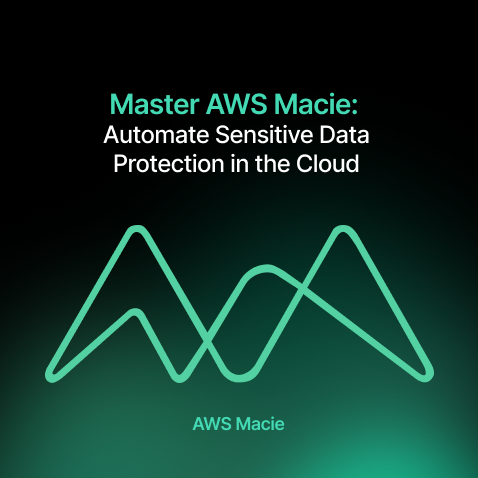
Industries
- AWS, data protection, Master AWS Macie
Share Via
Introduction
In today’s high-speed digital age, data protection is not a technology requirement—it’s a business requirement. Companies of all sizes rely on cloud environments to process and store sensitive data. But as cloud deployments scale up, so do the risks for data breaches and regulatory problems. For IT professionals, especially DevOps and cloud practitioners, finding solutions that balance automation with robust security controls is crucial. AWS Macie is one of those novel solutions, providing a humanized yet technologically advanced way of securing sensitive information. This blog post explores AWS Macie from a technical but readable perspective, breaking down its constituents, strategies, and best practices of use—while emphasizing the necessity of an active security strategy as described in recent cloud security research.
What is AWS Macie?
AWS Macie is a cloud security service that helps to automate the discovery, classification, and protection of sensitive data in Amazon S3. Macie uses machine learning models and pattern-matching technology to detect personally identifiable information (PII) like credit card numbers, email addresses, and social security numbers. Through regular monitoring of S3 buckets and metadata inspection, AWS Macie enables businesses not only to identify data loss and misconfiguration but also to remain compliant with regulations without overloading the IT resources disproportionately.
At its core, AWS Macie is a shift from traditional, rule-based data security processes to a more dynamic, machine learning–powered approach. This is important in the current environment, where the sheer amount and diversity of data make it impossible to provide manual security supervision. Unlike previous systems that relied upon human intuition alone to categorize data, Macie does this automatically, significantly minimizing the potential for human error and allowing for a more scalable security solution.
Identifying Sensitive Data and Anomalous Activity
AWS Macie uses pattern matching and machine learning to detect sensitive data, such as personally identifiable information (PII) such as credit card numbers, email addresses, and social security numbers. Macie can also detect and identify the content type of S3 objects, e.g., e-books, C++ source code, and log files. When Macie detects anomalous activity concerning information it deems sensitive, it can generate an alarm that can be handled in Macie’s dashboard or forwarded to CloudWatch to be analyzed and have custom responses.
Here’s a more specific breakdown of what Macie detects:
Personally Identifiable Information (PII): Macie detects numerous categories of PII to help with compliance with regulations such as GDPR, HIPAA, and PCI DSS.
Sensitive Data: Macie can recognize other forms of sensitive data by utilizing customized configurations and regular expressions.
S3 Object Content Types: It assists in determining the content type of data in S3 buckets, providing further context regarding the data type.
Anomalous Activity: Macie monitors activity at the S3 object level and identifies anything out of the ordinary, which may indicate a security threat or possible vulnerability.
This end-to-end identification helps organizations maintain visibility across their sensitive data domain and properly prioritize remediation efforts.
How AWS Macie Works
AWS Macie works by automatically scanning S3 buckets to find and classify sensitive data. It uses a mix of machine learning and pattern matching (like regular expressions) to spot things such as personal information or credentials. After classifying the data, Macie evaluates the risk level of each file based on what it contains, how it’s accessed, and any unusual activity it notices. The whole process runs in the background, keeping an eye on data exposure without needing constant input.
A simplified flow of the AWS Macie process can be illustrated as follows: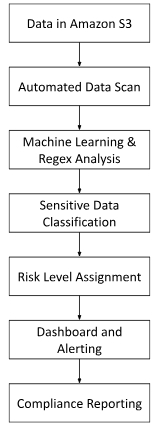
Figure 1: AWS Macie Data Processing Workflow
This diagram illustrates how AWS Macie ingests data, processes it using advanced analytics, and outputs actionable insights through dashboard alerts and thorough compliance reports. Each step—starting from scanning to risk assignment—helps organizations maintain continuous visibility over their sensitive data landscape.
When AWS Macie is used alongside tools like GuardDuty, CloudTrail, and CloudWatch, it helps paint a clearer picture of potential threats by linking the discovery of sensitive data with alerts and activity logs. This makes it easier to spot and respond to risks more effectively.
Key Features of AWS Macie
AWS Macie’s suite features aim to assist IT specialists with the sensitive data that is in their jurisdiction:
Automated Sensitive Data Discovery
AWS Macie monitors S3 buckets by working behind the scenes to scan for items such as personal data, credentials, or business-sensitive material. Rather than depending on rigid rules, it incorporates a combination of machine learning and pattern matching to identify potential issues. The highlight? It operates in the background without requiring constant input, catching items that teams might otherwise overlook.
Granular Risk Assessment
Discovering sensitive data is half the fight; Macie also makes sense of it. Once something is identified, it examines context: where and how the data is being accessed, and how sensitive it is, which leaves less noise and more signal, and teams can concentrate on what needs to be addressed.
Interactive Dashboards and Alerts
Macie offers real-time visuals that make it easier to track data sensitivity, unusual behavior, and overall risk posture. When something looks off, like an overly permissive bucket or unexpected access, it triggers an alert so issues can be tackled early.
Scalable Integration with the AWS Services
AWS Macie works with services like Security Hub and CloudWatch, which means alerts can be routed, responses can be automated, and audit trails can be maintained without building extra tooling. It’s designed to scale with growing environments.
Regulatory Compliance Support
Macie keeps businesses on top of regulations by automatically detecting and marking sensitive data that can be attributed to GDPR, HIPAA, PCI DSS, or other regimes. That continuous visibility makes it simpler to demonstrate compliance and avoid audit surprises.
Comparison Table: AWS Macie vs. Traditional Data Classification
Aspect | AWS Macie | Traditional Data Classification |
|---|---|---|
Data Discovery | Automated Scan using ML and regex rules | Manual or rule-based classification |
Risk Assessment | Designed for dynamic, large-scale cloud environments | Often static and less granular |
Integration | Dynamic risk level assignment | Typically standalone, limited integration |
Scalability | Seamless with AWS services (CloudTrail, GuardDuty, etc.) | Limited scalability, labor-intensive |
Compliance Reporting | Automated insights and dashboard alerts | Manual reporting and periodic audits |
Table 1: Comparison between AWS Macie and Traditional Data Classification Methods
This table highlights how AWS Macie dramatically reduces the time and effort required to maintain data security compared to traditional, manually driven classification systems.
Best Practices for AWS Macie Implementation
Using Macie in the real world — what actually helps:
Regular Scans and Audits:
AWS Macie does a lot on its own, but sometimes it needs to look through things manually. A quick review every now and then can catch stuff that slips through. It also helps keep the filters and custom rules in check.
Integrating with AWS Security Services:
Macie on its own is good. But integrating it with other complementary services like CloudTrail, GuardDuty, CloudWatch enhances threat detection, facilitates real-time compliance monitoring, and accelerates incident response. It’s way easier to spot weird behavior and act on it quickly.
Adopting the Principle of Least Privilege:
Ensure that IAM policies are tightly configured so that only authorized personnel can access sensitive data. AWS Macie works best when used in conjunction with rigorous IAM practices that limit exposure and reduce potential insider threats.
Staying Updated with Machine Learning Enhancements:
As AWS Macie continues to evolve, it’s important to regularly review and adjust the classification settings and anomaly detection rules to keep up with new threats and changes within the organization.
Use Cases for AWS Macie
Data Leak Prevention:
One of the major functions of AWS Macie is to protect from data breaches due to misconfigured S3 buckets or unapproved access. Automatically detecting sensitive data, Macie allows IT teams to respond quickly to fix vulnerabilities before they can be exploited.
Compliance and Regulatory Reporting:
For a heavily regulated industry, staying compliant can be a headache. Macie helps by taking some of that weight off the shoulders. It automatically flags sensitive data and sends the reports that align with rules like GDPR or PCI DSS.
Insider Threat Detection:
Misuse of access privileges by internal users is one of the primary security risks. AWS Macie’s continuous monitoring and risk assessment function facilitates the identification of unusual access patterns that may indicate insider threats, allowing proactive remediation.
Supporting Data Governance Initiatives:
For companies that are serious about how their data is managed, Macie can come in handy. It shows where sensitive data is sitting and how it’s being handled. That kind of visibility makes it way easier to keep the data clean, organized, and safe.
Conclusion
AWS Macie provides significant value in cloud security through the automation of the discovery and classification of sensitive data at scale. Its use of machine learning minimizes dependence on inaccurate manual processes, and dynamic risk assessment prioritizes high-risk vulnerabilities. Combined with AWS security services such as CloudTrail and GuardDuty, Macie enhances threat detection and compliance. For IT professionals, cloud engineers, and DevOps, embracing AWS Macie, along with security best practices, is key to building a robust and compliant data foundation in the modern evolving threat landscape. With proactive utilization of Macie’s strong capabilities, organizations can mitigate threats from data breaches and keep their sensitive information’s integrity and confidentiality intact.
Frequently asked questions
What is AWS Macie?
AWS Macie is a fully managed cloud security service that uses machine learning and pattern matching to automatically discover, classify, and protect sensitive data in Amazon S3.
How does AWS Macie detect sensitive data?
AWS Macie employs machine learning models and regular expressions to identify personally identifiable information (PII) like credit card numbers, email addresses, and social security numbers within S3 buckets.
.
What types of sensitive data can AWS Macie identify?
AWS Macie can detect various forms of sensitive data, including PII, credentials, and other business-sensitive material, by scanning S3 objects using machine learning and pattern matching techniques.
How does AWS Macie assess data risk?
After identifying sensitive data, AWS Macie evaluates the risk level based on factors such as data sensitivity, access patterns, and unusual activity, providing a comprehensive risk assessment for each file.
Can AWS Macie integrate with other AWS services?
Yes, AWS Macie seamlessly integrates with services like CloudTrail, GuardDuty, and CloudWatch, enhancing threat detection, compliance monitoring, and incident response capabilities.
Is AWS Macie suitable for regulatory compliance?
Absolutely. AWS Macie helps organizations maintain compliance with regulations such as GDPR, HIPAA, and PCI DSS by automatically detecting and marking sensitive data, simplifying audit processes.
How does AWS Macie differ from traditional data classification methods?
Unlike traditional methods that rely on manual or rule-based classification, AWS Macie automates data discovery and classification using machine learning, offering scalability and dynamic risk assessment in cloud environments.
What are best practices for implementing AWS Macie?
Best practices include conducting regular scans and audits, integrating with AWS security services, adopting the principle of least privilege for IAM policies, and staying updated with machine learning enhancements to ensure effective data protection.
How can AWS Macie prevent data leaks?
AWS Macie automatically detects sensitive data in misconfigured S3 buckets or unauthorized access scenarios, enabling IT teams to respond promptly and mitigate potential data breaches
What are common use cases for AWS Macie
Common use cases include data leak prevention, compliance and regulatory reporting, insider threat detection, and supporting data governance initiatives by providing visibility into sensitive data handling and access patterns.
Related Posts
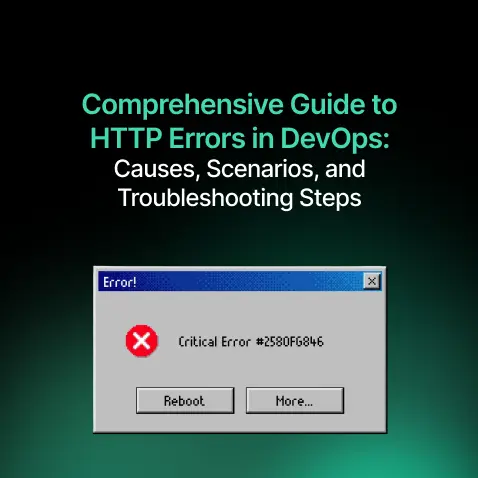
Comprehensive Guide to HTTP Errors in DevOps: Causes, Scenarios, and Troubleshooting Steps
- Blog
Comprehensive guide for DevOps on HTTP errors: causes, scenarios, and troubleshooting tips, covering status codes, SSL issues, CORS, timeouts, and server misconfigurations.

Trivy: The Ultimate Open-Source Tool for Container Vulnerability Scanning and SBOM Generation
- Blog
Explore Trivy: a fast, open-source tool for container vulnerability scanning and SBOM generation. Learn how it secures DevOps pipelines with ease and transparency.
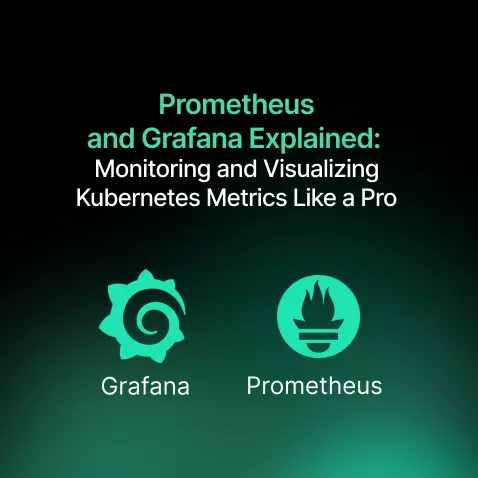
Prometheus and Grafana Explained: Monitoring and Visualizing Kubernetes Metrics Like a Pro
- Blog
Set up Prometheus and Grafana for real-time monitoring and visualization in Kubernetes environments. Learn step-by-step configuration and best practices for DevOps success.
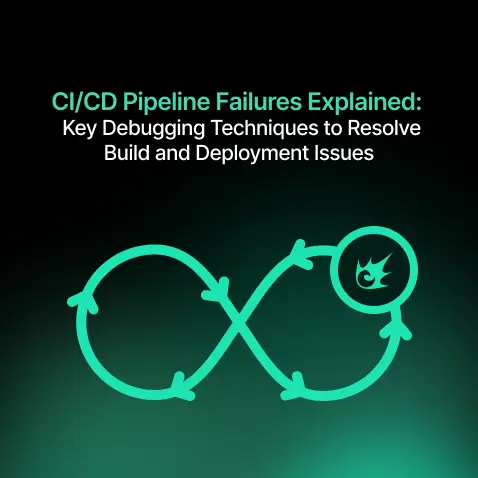
CI/CD Pipeline Failures Explained: Key Debugging Techniques to Resolve Build and Deployment Issues
- Blog
Learn how to identify and fix CI/CD pipeline failures—from environment mismatches to flaky tests—with practical solutions for reliable, efficient DevOps workflows.
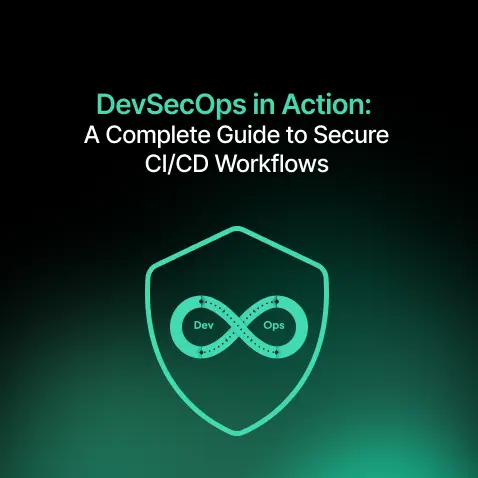
DevSecOps in Action: A Complete Guide to Secure CI/CD Workflows
- Blog
DevSecOps integrates security into CI/CD pipelines, enabling early threat detection, compliance, and resilient infrastructure through automated security practices.

AWS WAF Explained: Protect Your APIs with Smart Rate Limiting
- Blog
AWS WAF protects web apps by filtering malicious traffic, blocking threats like SQL injection & XSS, and enabling custom rules, rate limits, and real-time monitoring.

